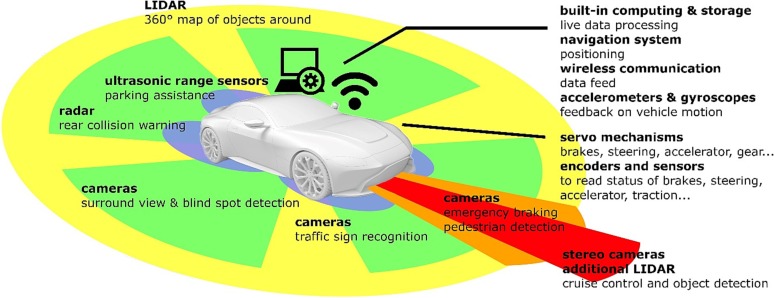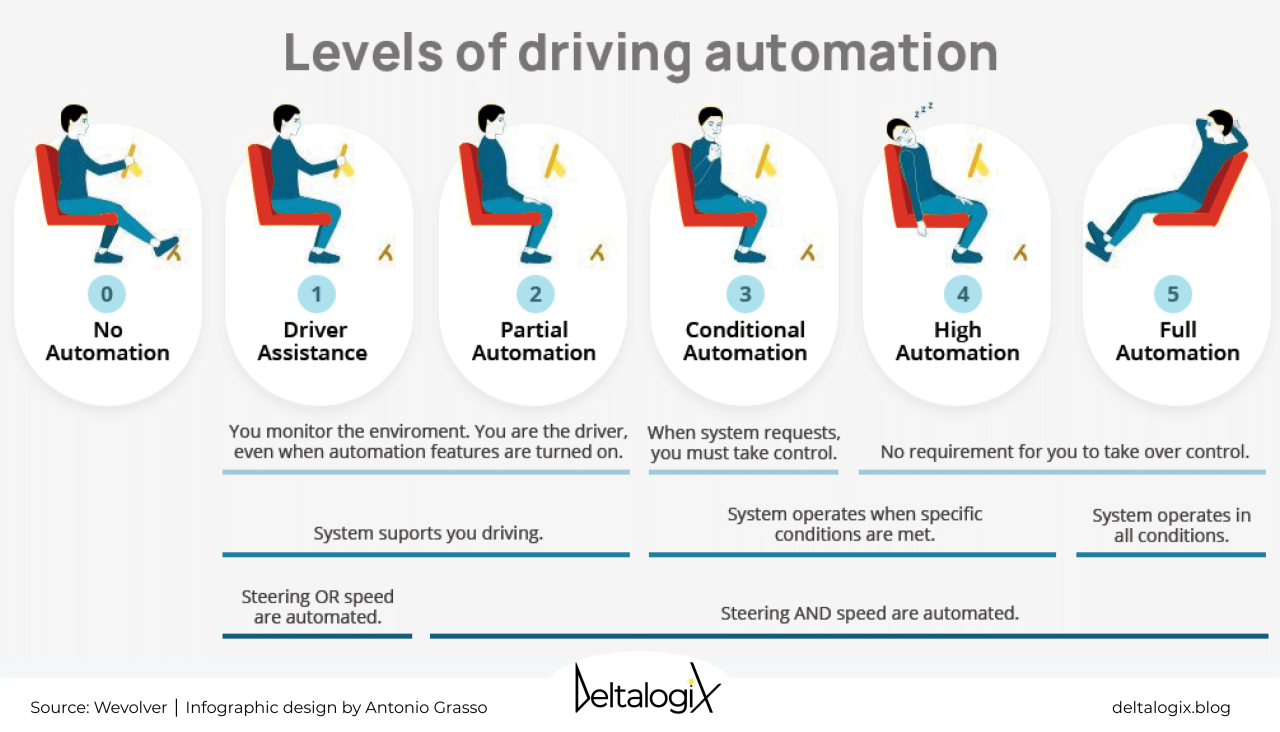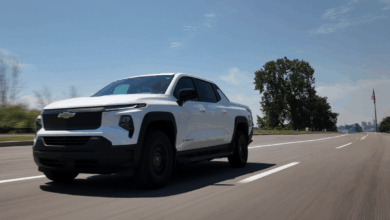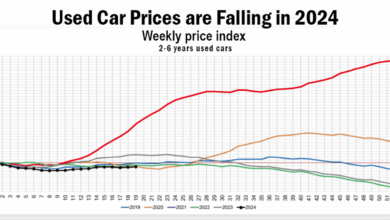Autonomous Vehicle Laws Are Changing Now


The automotive world is witnessing a technological revolution with the rapid advancement of autonomous driving systems. However, a parallel and equally critical revolution is occurring within the hallowed halls of governments and regulatory bodies worldwide. The existing legal and regulatory frameworks, built over a century around the concept of a human driver, are proving inadequate for vehicles where the “driver” is an algorithm. We are currently in a pivotal, dynamic, and often confusing period where autonomous vehicle (AV) laws are being written, tested, and rewritten in real-time. This comprehensive guide delves into the global shift in AV legislation, exploring the key legal pillars being redefined, the challenges lawmakers face, and what these changes mean for the future of mobility, liability, and privacy for every road user.
A. The Foundation of the Crisis: Why Old Laws No Longer Fit
The fundamental principle of traditional traffic law is the presumption of a competent human driver who is always in control and responsible for the vehicle’s actions. This principle is shattered by autonomous technology, creating a regulatory vacuum.
A. The “Driver” Dilemma
Who is the “driver” of a Level 4 or 5 autonomous vehicle? Is it the person in the front seat, the software developer, the manufacturer, or the owner? This simple question has profound implications for traffic violations, law enforcement interactions, and certification requirements. Existing laws mandate a licensed human operator, creating an immediate legal barrier for fully driverless vehicles.
B. The Liability Shift from Driver to Manufacturer
In a traditional crash, liability typically falls on the human driver for errors like negligence or distraction. In a fully autonomous vehicle, if an accident is caused by a failure in the software, sensor system, or mechanical component, the liability shifts dramatically towards the manufacturer, software developer, and other entities in the technology supply chain. This necessitates a complete overhaul of product liability law and insurance models.
C. The Inadequacy of Federal Motor Vehicle Safety Standards (FMVSS)
In the United States, the FMVSS were created decades ago and assume human control. For example, standards for steering wheels, brake pedals, and mirrors are meaningless in a vehicle designed without them. Regulators are now tasked with creating new performance-based standards for what constitutes a “safe” automated driving system, rather than just prescribing physical components.
B. The Global Regulatory Patchwork: A Snapshot of Current Approaches
Nations are taking diverse paths to regulate AVs, creating a complex international landscape.
A. The United States: A State-by-State Laboratory
The U.S. has adopted a fragmented approach, with the federal government (through NHTSA) overseeing vehicle safety and states regulating drivers, insurance, and vehicle operation.
-
Federal Action: NHTSA has issued voluntary guidance and begun the process of updating FMVSS. It has also granted limited exemptions to certain companies to deploy a small number of vehicles without traditional controls.
-
State-Level Pioneers: States like California, Arizona, and Michigan have become hotbeds for AV testing. They have created specific permitting processes for testing driverless vehicles, defining requirements for remote operators, data reporting, and insurance. This creates a “laboratory of democracy” but also a confusing patchwork of regulations for companies seeking to operate nationally.
B. The European Union: A Precautionary and Harmonized Framework
The EU is pursuing a more centralized, cautious strategy focused on type-approval for automated driving systems.
-
The EU Automated Vehicles Directive: This proposed framework aims to create a harmonized legal structure across all member states. It includes strict rules for data recording, cybersecurity, and the ability for a vehicle to achieve a “minimal risk condition” (e.g., safely pulling over) during a system failure.
-
UNECE WP.29 Regulations: Europe has been active in establishing international technical regulations through the UN World Forum for Harmonization of Vehicle Regulations, setting global benchmarks for Automated Lane Keeping Systems (ALKS).
C. China: A State-Directed and Rapid Deployment Model
China is leveraging its centralized governance to aggressively promote AV development. The government has designated specific pilot zones in cities like Beijing and Shanghai where companies can test and even deploy commercial robotaxi services. National standards are being developed in tandem with these real-world trials, allowing for rapid iteration and scaling.
C. The Core Legal Pillars Undergoing Transformation
The evolution of AV law is focused on several foundational pillars that are being completely reimagined.
A. Safety Validation and Certification
How do you prove a robot is a safe driver? This is the multi-billion-dollar question.
-
Moving Beyond Miles: Regulators are moving away from simply requiring millions of test miles, which can be gamed, towards a more holistic approach. This includes:
-
Simulation Testing: Validating performance against billions of simulated scenarios, including rare and dangerous “edge cases.”
-
Scenario-Based Validation: Certifying that the Automated Driving System (ADS) performs correctly in specific, well-defined situations like highway merges, construction zones, and interactions with pedestrians.
-
Data Sharing Mandates: Requiring companies to share safety data and crash reports with regulators to build a collective understanding of system performance and failure modes.
-
B. Data Privacy and Cybersecurity Mandates
Autonomous vehicles are data collection powerhouses, using cameras, LiDAR, and radar to constantly map their environment. This raises critical legal questions.
-
Privacy: Laws are being drafted to govern the collection, storage, and use of this data. Who owns the data collected by an AV? How can individuals’ privacy be protected when their movements and likeness are constantly being recorded by passing vehicles?
-
Cybersecurity: A connected vehicle is a potential target for malicious actors. New regulations are imposing stringent cybersecurity requirements on manufacturers, mandating systems that can detect, prevent, and respond to cyber attacks in real-time to ensure vehicle safety.
C. The New Insurance and Liability Framework
The insurance industry is being forced to adapt from a driver-centric model to a product-centric one.
-
No-Fault and First-Party Insurance: Many proposed models suggest a shift where the AV’s insurance policy (held by the manufacturer or owner) automatically covers damage regardless of fault. This simplifies claims but places a greater financial burden on manufacturers.
-
Data for Determining Fault: In the event of a crash, the vehicle’s sensor data (the “black box”) will become the primary evidence for determining whether the failure was due to a system error, a maintenance issue, or the actions of another human driver.
D. Ethics and Programming Choices
Perhaps the most philosophically challenging area is the encoding of ethics into law. How should an AV be programmed to react in an unavoidable accident? Should it prioritize the lives of its occupants over pedestrians? While these “trolley problem” scenarios are rare, regulators are beginning to demand transparency in how these ethical decisions are made by the algorithms, pushing for a societal consensus on machine-driven moral choices.
D. The Human and Societal Impact of New AV Laws
The changing legal landscape will have profound effects on society, the economy, and urban planning.
A. The Future of Professional Driving
Laws that permit fully autonomous trucks and taxis will inevitably disrupt the livelihoods of millions of professional drivers. New regulations will need to address retraining programs, economic transition support, and potentially new forms of employment in remote vehicle monitoring and fleet management.
B. Accessibility and Equity
AVs hold immense promise for increasing mobility for the elderly and people with disabilities. New laws, such as the U.S. Accessibility Act, are already being considered to ensure that this new mode of transport is designed to be inclusive from the outset, preventing the creation of a new mobility divide.
C. Urban Planning and Infrastructure
Legal approval for widespread AV deployment will trigger changes in city planning. Laws will need to evolve to manage:
-
Dedicated Lanes: Regulations for designating lanes for platooning trucks or shared AVs.
-
Curbside Management: New rules for autonomous delivery bots and robotaxi pick-up/drop-off zones.
-
Communication Standards: Laws mandating Vehicle-to-Everything (V2X) communication systems in infrastructure to allow cars to “talk” to traffic lights and signs.
E. A Guide for Stakeholders in the New Legal Era
As these laws solidify, different groups must prepare for the new reality.
A. For Consumers: Stay informed about the specific laws in your state or country regarding AV testing and deployment. Understand the difference between driver-assistance systems (which you are still liable for) and fully autonomous systems.
B. For Manufacturers and Tech Companies: Proactively engage with regulators during the law-making process. Invest in robust data privacy and cybersecurity systems that will be required by new regulations. Prioritize transparent and explainable AI to build public and regulatory trust.
C. For Policymakers: Collaborate internationally to harmonize regulations and avoid stifling innovation with a fragmented patchwork of laws. Focus on performance-based safety standards rather than prescriptive design mandates. Facilitate public dialogue to address ethical and societal concerns.
Conclusion: Navigating the Uncharted Road Ahead
The transformation of autonomous vehicle laws is a complex, ongoing process without a clear final destination. We are transitioning from a century of human-centric regulation into an uncharted era of algorithmic accountability. The challenges are immense, spanning technical validation, ethical programming, data privacy, and societal equity. However, the rapid pace of legislative activity across the globe signals a collective understanding that the future is arriving faster than our laws can currently handle. By fostering a collaborative environment between technologists, policymakers, and the public, we can build a legal framework that not only ensures safety and accountability but also harnesses the full transformative potential of autonomous vehicles to create a safer, more efficient, and more accessible transportation system for all. The laws are changing now, and they are paving the way for a revolution on our roads.
Tags: autonomous vehicle laws, self-driving car regulations, AV legislation, liability for driverless cars, NHTSA autonomous vehicles, data privacy AV, cybersecurity regulations, future of transportation, ethical AI driving, vehicle safety standards
Category: Automotive Technology







